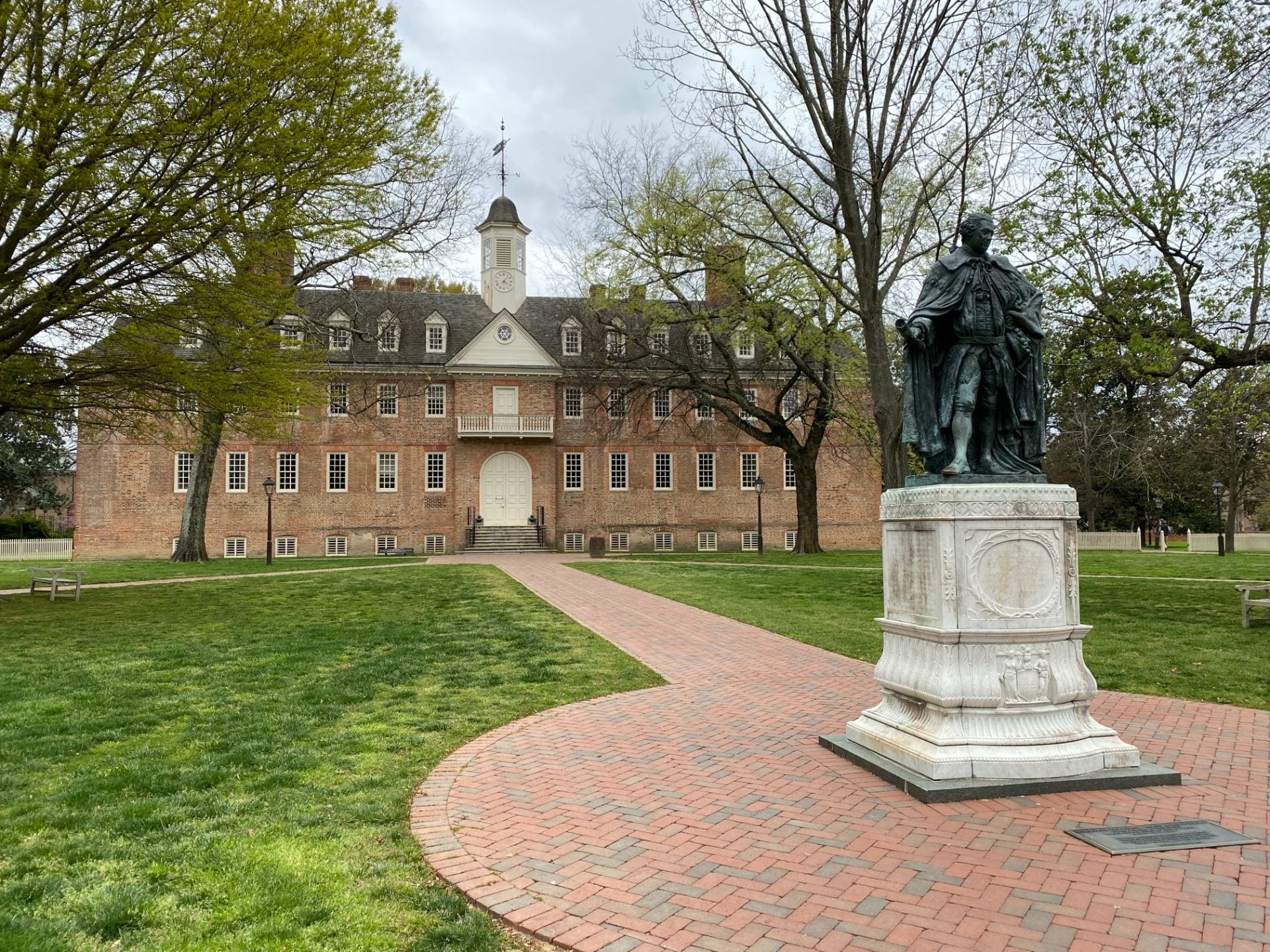Building Community in the Classroom
What Is It
A classroom community is an inclusive space for social and academic support and connection as learners and instructors engage in open discussion and collaboration.
Why It Matters
A strong community within the classroom allows learners to engage more deeply with instructors, peers, and learning materials while encouraging learners to share their perspectives in a constructive environment. Community builds confidence for both learners and instructors and increases buy-in towards desired learning outcomes.
Apply It
- Follow an existing model – The Community of Inquiry Model provides an effective framework for creating a meaningful educational community through three elements:
- Social presence – Create relationships and communicate purposefully with learners. This is the learners’ community experience.
- Teaching presence – Organize and facilitate meaningful learning experiences. This is the learners’ connection to the content.
- Cognitive presence – The ability of students to express what they have learned through reflection and discussion. This is the learners’ experience in exploring and applying knowledge.
- Engage students to facilitate aspects of class – Giving learners shared responsibilities will allow them to better engage with the content and help them appreciate peers’ contributions to the classroom (e.g contribute to the reading list, set up classroom ground rules, norms, etc.).
- Embrace student variability – All learners are different! An essential part of building community in the classroom is a common sense of belonging. Universal Design for Learning (UDL) offers a framework and implementation guides for helping everyone feel included in the learning process while providing multiple pathways to engage.
- Consider social icebreakers and reflection activities. Social icebreakers build rapport among students and relieve tension. Reflection activities facilitate a shared understanding of goals and allow students to regulate their own learning.
- Leverage technology in online or large courses. Try Microsoft Flip as an introductory assignment asking learners to introduce themselves. Encourage learner engagement with one another. Polling tools, like PollEV, can provide survey data and live participation in class.
Resources
- – Engage: STLI Academy- Inclusive Teaching for Higher Education
– Read: Creating Community with Flipgrid - – Read: Inclusive Teaching Practices
- – Read: Students as Partners in Teaching & Learning
- – Read: Creating and Inclusive Learning Environment
- – Read: Building Community-Centre for Teaching and Learning
- – Watch: Tip of the Week – Community Rules
- – Watch: Tips for Creating Community with Your Students
- – Explore: Community Building in the Classroom
- – Listen: STLI Podcast – Students & Teachers Coming Together
References
Garrison, D. R., Anderson, T., & Archer, W. (2000). Critical inquiry in a text-based environment: Computer conferencing in higher education model. The Internet and Higher Education, 2(2-3), 87-105.
Rovai, A. P. (2001). Building classroom community at a distance: A case study. Educational Technology Research and Development, 49(4), 33–48. https://doi.org/10.1007/bf02504946
Warner, A. G. (2016). Developing a community of inquiry in a face-to-face class: How an online learning framework can enrich traditional classroom practice. Journal of Management Education, 40(4), 432–452. https://doi.org/10.1177/1052562916629515
Cite This Resource
Studio for Teaching & Learning Innovation. (2023, February). Building community in the classroom [Teaching resource]. https://stli.wm.edu/building-community-in-the-classroom/
Updated 2/2023
